Home>Gardening & Outdoor>Landscaping Ideas>How To Plant Saint Augustine Grass
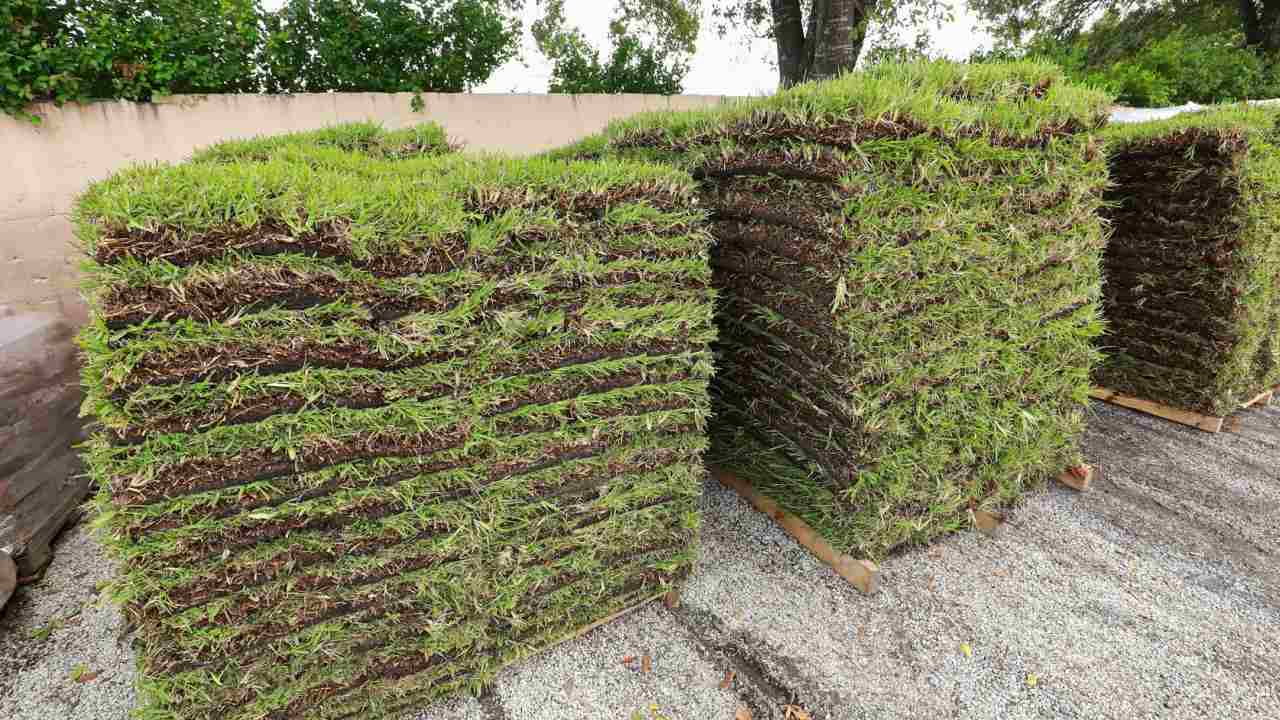

Landscaping Ideas
How To Plant Saint Augustine Grass
Published: January 25, 2024
Learn the best landscaping ideas for planting Saint Augustine grass in your yard. Discover step-by-step techniques for a healthy and vibrant lawn.
(Many of the links in this article redirect to a specific reviewed product. Your purchase of these products through affiliate links helps to generate commission for Storables.com, at no extra cost. Learn more)
Introduction
So, you've decided to transform your yard into a lush, green paradise, and you're considering planting Saint Augustine grass. Well, you're in for a treat! Saint Augustine grass is a popular choice for lawns due to its lush appearance, shade tolerance, and ability to thrive in warm climates. In this comprehensive guide, we'll walk you through the process of planting Saint Augustine grass, from understanding its characteristics to soil preparation, planting techniques, and maintenance tips.
Whether you're a seasoned gardener or a first-time homeowner looking to elevate your curb appeal, this article will equip you with the knowledge and confidence to cultivate a vibrant Saint Augustine grass lawn. Let's dive in and uncover the secrets to achieving a stunning, envy-inducing lawn that will be the talk of the neighborhood!
Key Takeaways:
- Planting Saint Augustine grass requires soil testing, loosening the soil, adding organic matter, and leveling the surface to create a healthy environment for lush growth.
- Maintaining a vibrant Saint Augustine grass lawn involves deep, infrequent watering, proper mowing, balanced fertilization, proactive weed control, and pest management for long-term beauty.
Read more: When To Plant St.Augustine Grass
Understanding Saint Augustine Grass
Saint Augustine grass (Stenotaphrum secundatum) is a warm-season grass known for its lush, dense growth and vibrant green hue. Native to the Gulf Coast region of the United States and the West Indies, this grass variety thrives in tropical and subtropical climates, making it an ideal choice for lawns in the southern United States, the Caribbean, and other similar regions.
One of the defining characteristics of Saint Augustine grass is its excellent shade tolerance, making it a preferred option for lawns with partial shade or filtered sunlight. Additionally, this grass variety boasts a relatively rapid growth rate, allowing it to quickly fill in bare spots and create a thick, carpet-like lawn.
When it comes to maintenance, Saint Augustine grass requires adequate water and regular mowing to keep it looking its best. It also benefits from occasional fertilization to promote healthy growth and vibrant color. Understanding the unique traits of Saint Augustine grass is crucial for successful cultivation, and we will delve deeper into the specific care requirements in the subsequent sections.
By familiarizing yourself with the distinct characteristics and growth habits of Saint Augustine grass, you'll be better equipped to create an optimal environment for its development. Now that we've gained insight into the nature of this resilient grass variety, let's explore the essential steps for preparing the soil to ensure a thriving lawn.
Soil Preparation
Before diving into the actual planting process, it’s essential to lay a solid foundation for your Saint Augustine grass by preparing the soil. The goal of soil preparation is to create an environment that promotes healthy root development, moisture retention, and overall vitality of the grass.
Here are the key steps involved in soil preparation for planting Saint Augustine grass:
- Soil Testing: Start by conducting a soil test to assess the pH level and nutrient content of the soil. This information will guide you in determining the necessary amendments to create an optimal growing environment for Saint Augustine grass.
- Loosening the Soil: Use a garden tiller or a shovel to loosen the soil to a depth of 4 to 6 inches. This process helps improve soil aeration and drainage, crucial factors for the healthy growth of your grass.
- Adding Organic Matter: Incorporate organic matter, such as compost or well-rotted manure, into the soil to enhance its structure and fertility. Organic matter also aids in moisture retention, which is beneficial during the establishment phase of the grass.
- Leveling the Surface: Smooth out the soil surface to create a uniform base for planting. Raking the soil helps eliminate any bumps or depressions, ensuring an even and consistent lawn surface.
By diligently preparing the soil, you’re setting the stage for the successful establishment and long-term health of your Saint Augustine grass. With the groundwork laid, you’re now ready to move on to the exciting phase of planting this resilient and visually appealing grass variety.
Water the Saint Augustine grass immediately after planting to help establish the roots. Keep the soil consistently moist for the first few weeks to promote healthy growth.
Planting Saint Augustine Grass
Now that the soil is primed for optimal growth, it’s time to embark on the exciting process of planting Saint Augustine grass. Whether you’re starting from sod, plugs, or sprigs, the following steps will guide you through the planting process, setting the stage for a vibrant and thriving lawn.
- Choosing the Planting Method: Determine whether you’ll be planting Saint Augustine grass from sod, plugs, or sprigs. Each method has its advantages, and your choice may depend on factors such as budget, time, and the size of the area to be covered.
- Preparing the Planting Material: If you’re using sod, ensure that it is fresh and free of weeds. For plugs or sprigs, prepare them for planting by ensuring they are healthy and free from diseases or pests.
- Planting Sod: Lay the sod in a staggered pattern, ensuring that the edges are tightly butted together to prevent gaps. Use a sharp knife to trim the sod as needed to fit the designated area.
- Planting Plugs or Sprigs: Dig holes at appropriate intervals and plant the plugs or sprigs at the recommended depth. Water the newly planted plugs or sprigs thoroughly to promote establishment.
- Watering and Initial Care: After planting, water the newly established grass thoroughly to ensure adequate moisture. Monitor the soil moisture levels and follow a consistent watering schedule to support the establishment of the grass.
By following these steps, you’ll be well on your way to establishing a lush and resilient Saint Augustine grass lawn. The initial care and attention you provide during the planting phase will set the stage for a vibrant and healthy lawn that you can enjoy for years to come.
Watering and Maintenance
Proper watering and ongoing maintenance are essential for nurturing a thriving Saint Augustine grass lawn. By implementing a well-structured watering regimen and adhering to essential maintenance practices, you can ensure the long-term health and beauty of your lawn.
- Watering Guidelines: Saint Augustine grass thrives in moist soil but is susceptible to overwatering. It’s crucial to strike a balance by providing deep, infrequent watering to encourage deep root growth. During the establishment phase, water the grass as needed to keep the soil consistently moist, gradually transitioning to a regular watering schedule once the grass is established.
- Mowing Practices: Maintain the grass at an optimal height of around 3 to 4 inches, adjusting the mowing frequency to accommodate its growth rate. Avoid cutting more than one-third of the grass blade length in a single mowing session to prevent stress and maintain the grass’s lush appearance.
- Fertilization: Implement a fertilization schedule tailored to the specific needs of Saint Augustine grass. Utilize a balanced fertilizer with a ratio of 3-1-2 or 4-1-2 to provide essential nutrients for healthy growth. Apply fertilizers as recommended, typically during the active growing season, to promote vibrant color and robust growth.
- Weed Control: Stay vigilant against weeds that may encroach upon your Saint Augustine grass lawn. Implement proactive weed control measures, such as regular inspections and targeted weed removal, to maintain the integrity of the lawn.
- Pest and Disease Management: Monitor the lawn for signs of pests or diseases, addressing any issues promptly to prevent widespread damage. Implementing cultural practices, such as proper watering and adequate air circulation, can contribute to the grass’s resilience against common pests and diseases.
By adhering to these watering and maintenance guidelines, you’ll be well-equipped to cultivate a vibrant and resilient Saint Augustine grass lawn. Consistent care and attention to the grass’s needs will reward you with a lush, inviting lawn that enhances the beauty of your outdoor space.
Read more: How To Plant St. Augustine Grass Plugs
Conclusion
Congratulations on embarking on the journey to cultivate a stunning Saint Augustine grass lawn! By gaining a deeper understanding of this resilient grass variety and following the essential steps for soil preparation, planting, and ongoing maintenance, you’re well on your way to creating a vibrant and inviting outdoor space that will be the envy of your neighborhood.
As you nurture your Saint Augustine grass lawn, remember that patience and consistent care are key to its long-term success. Embrace the process of tending to your lawn, from providing optimal watering to implementing proactive maintenance practices, and take pride in the transformation of your outdoor oasis.
Whether you’re hosting outdoor gatherings, enjoying peaceful moments in your garden, or simply admiring the beauty of your lush lawn, the rewards of your efforts will be abundantly clear. A well-maintained Saint Augustine grass lawn not only enhances the aesthetic appeal of your property but also provides a welcoming and refreshing environment for relaxation and recreation.
By incorporating the insights and techniques outlined in this guide, you’re poised to create a thriving lawn that serves as a testament to your dedication and horticultural prowess. So, roll up your sleeves, don your gardening gloves, and revel in the joy of nurturing a flourishing Saint Augustine grass lawn that will be cherished for years to come.
Here’s to the beauty, resilience, and boundless charm of your Saint Augustine grass lawn!
Frequently Asked Questions about How To Plant Saint Augustine Grass
Was this page helpful?
At Storables.com, we guarantee accurate and reliable information. Our content, validated by Expert Board Contributors, is crafted following stringent Editorial Policies. We're committed to providing you with well-researched, expert-backed insights for all your informational needs.
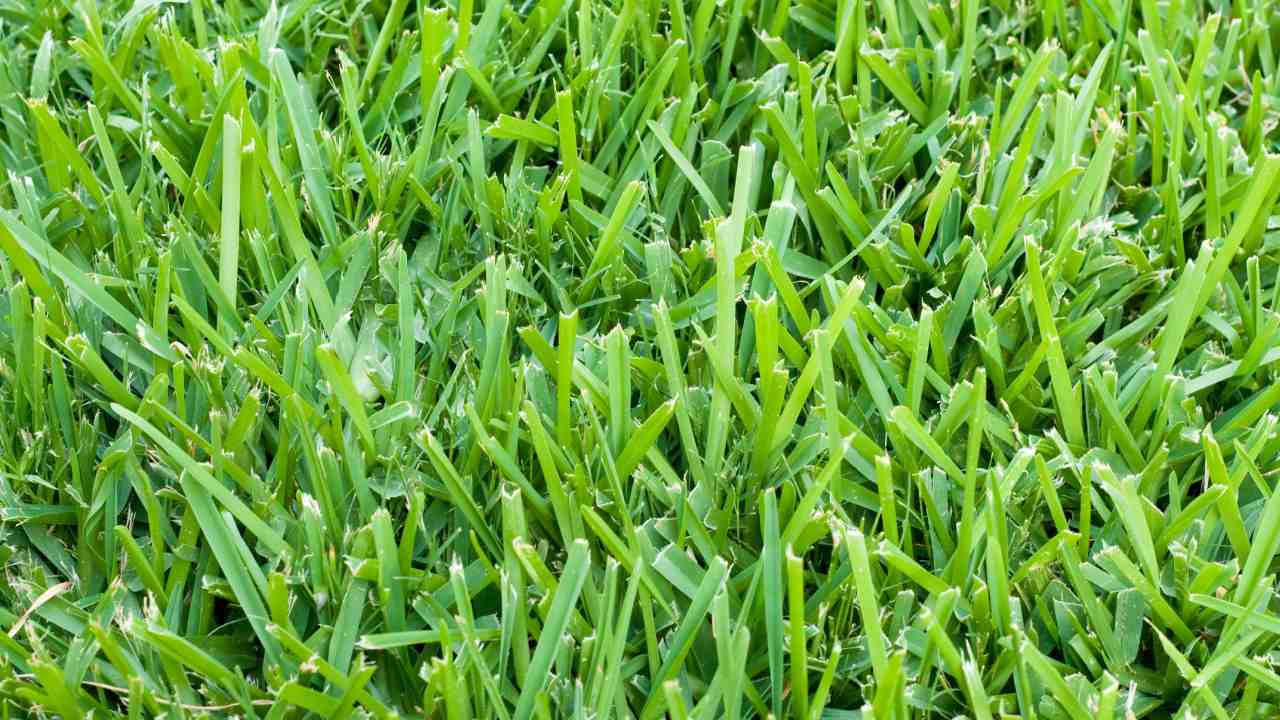
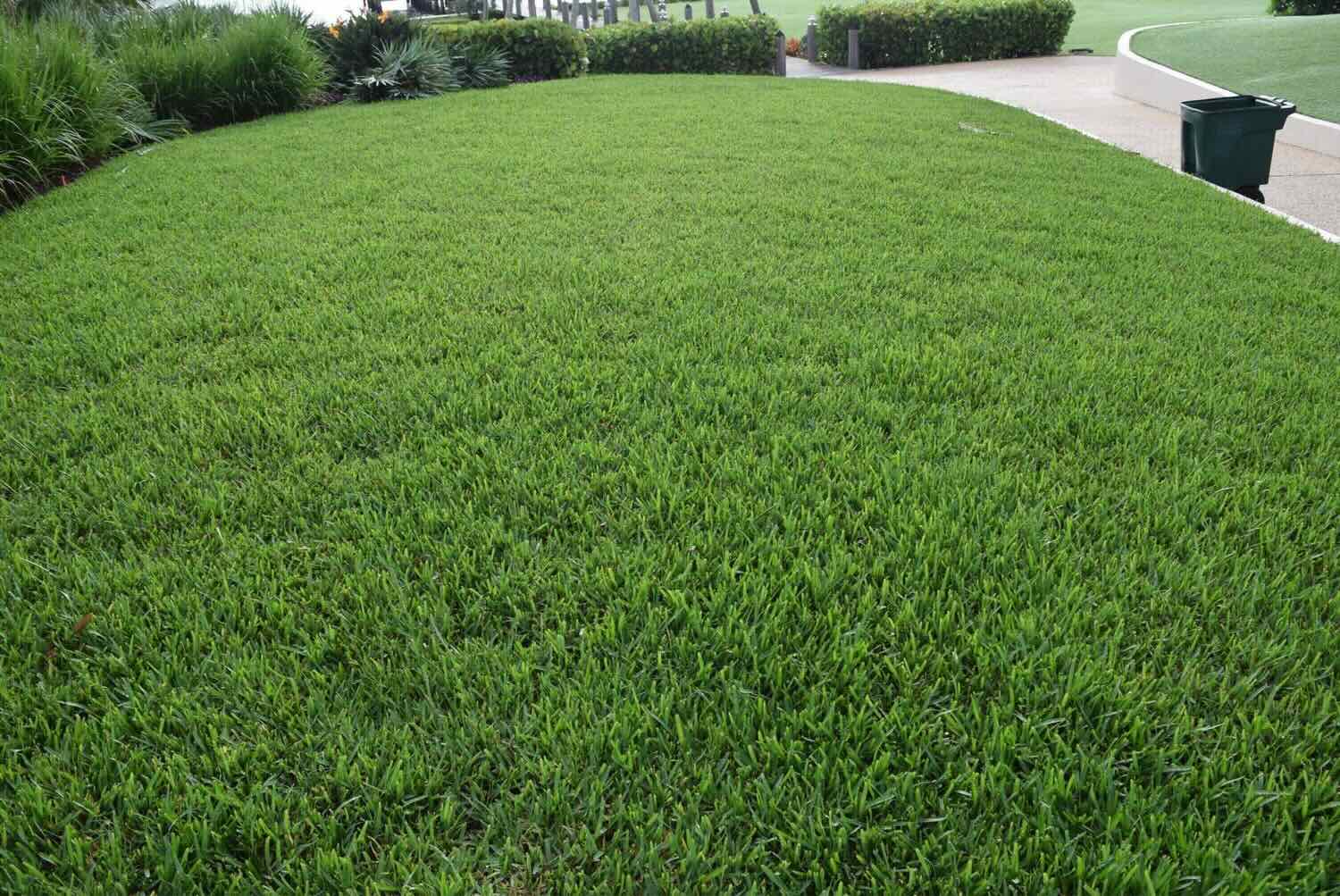
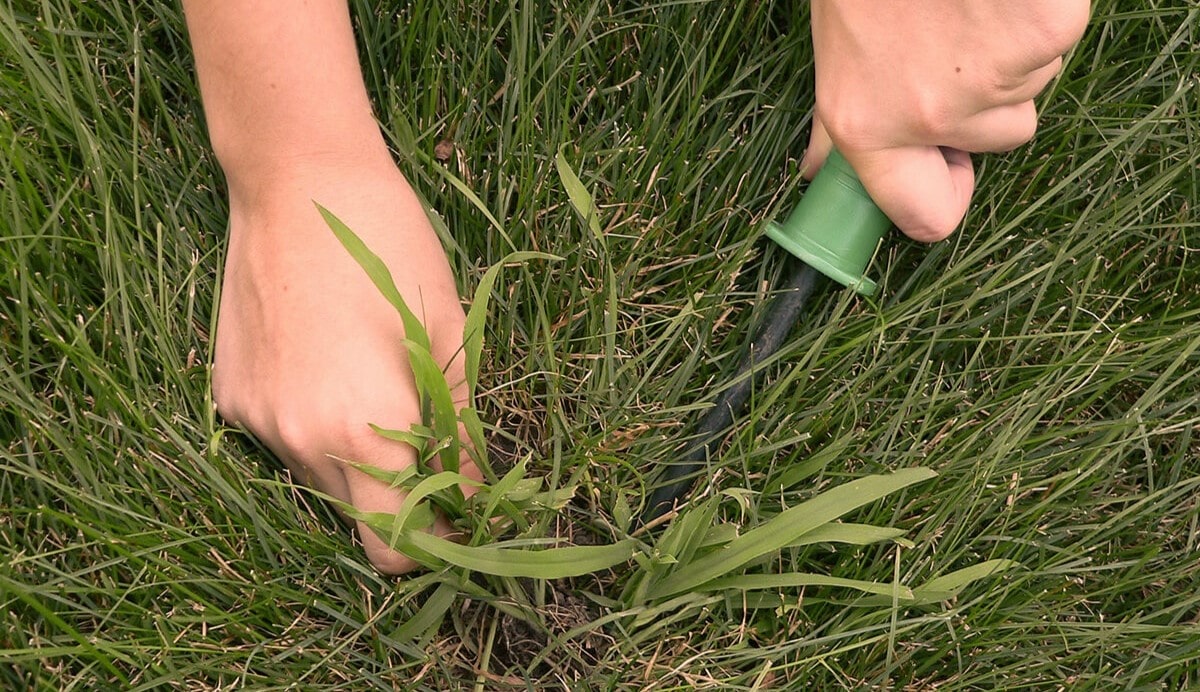
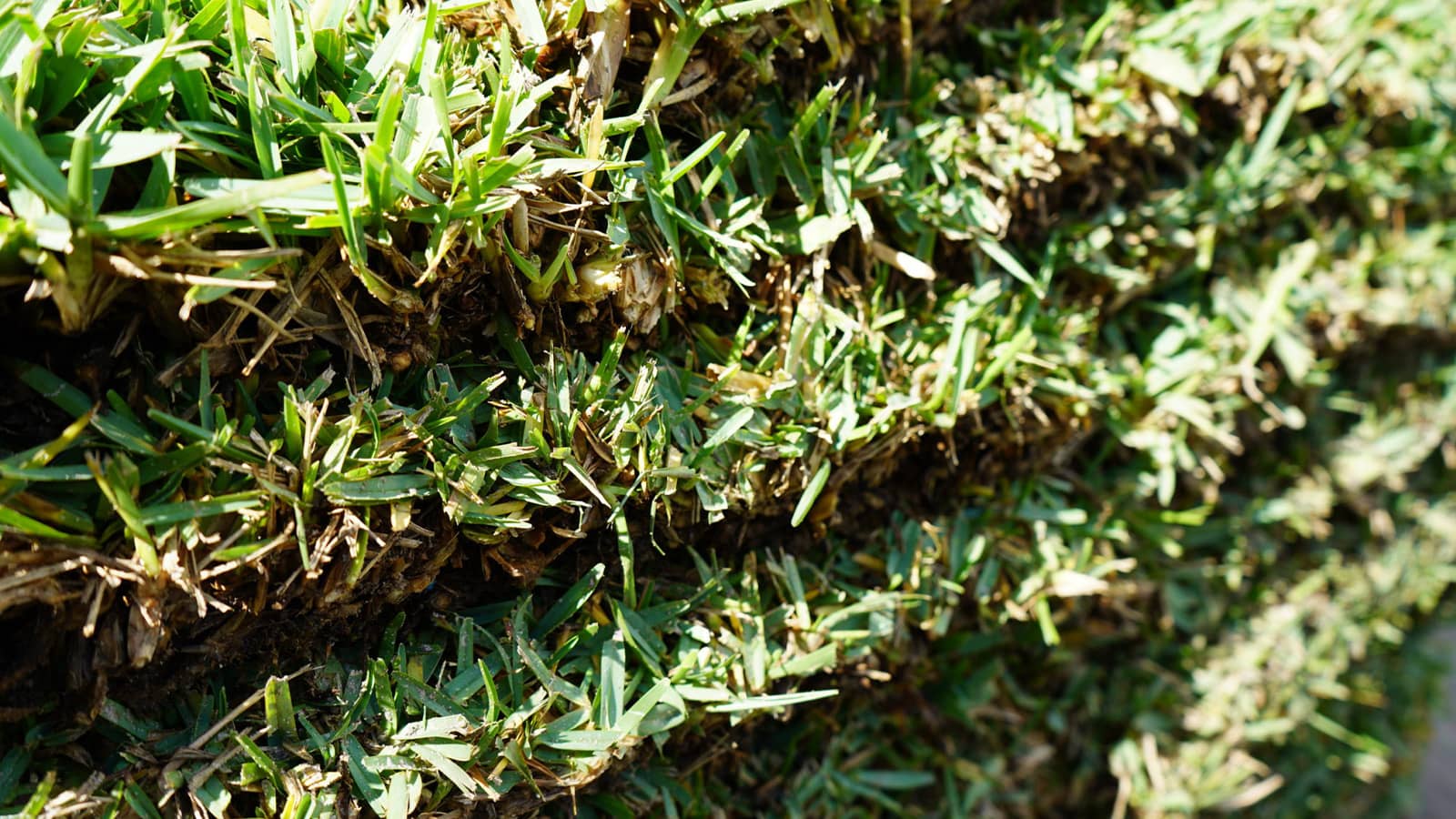
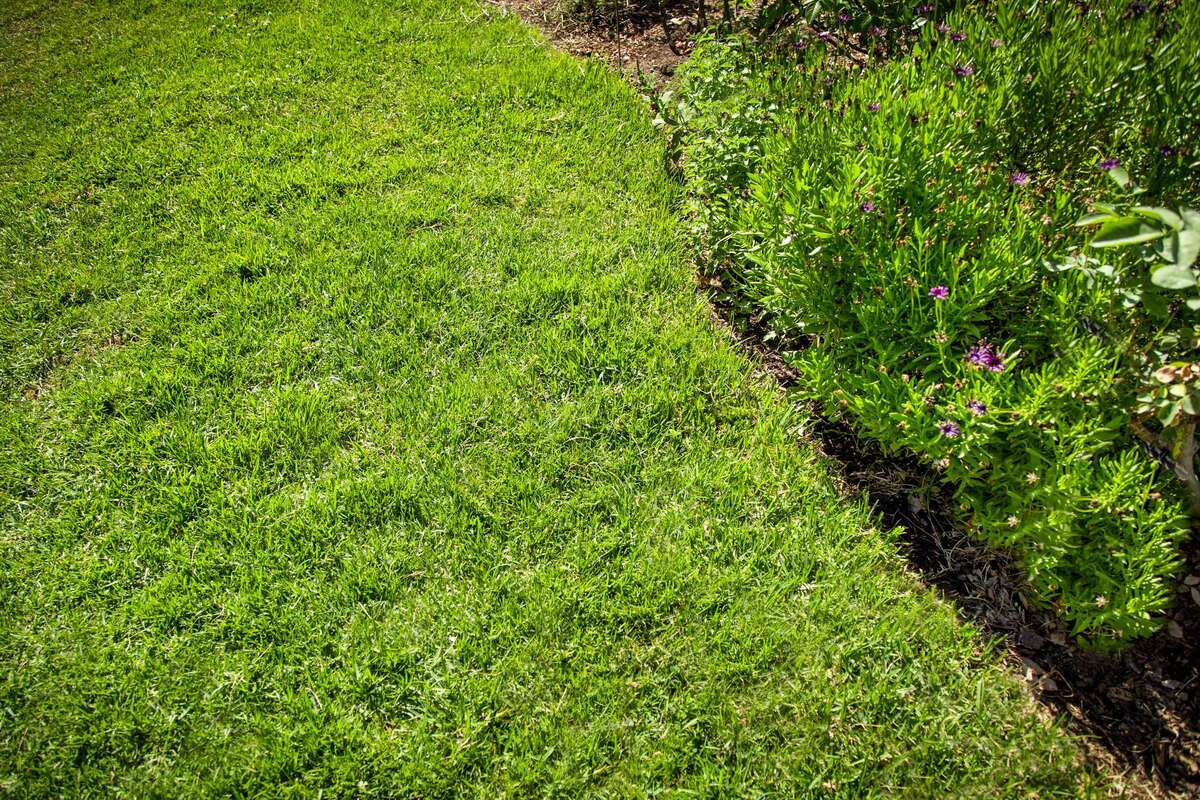
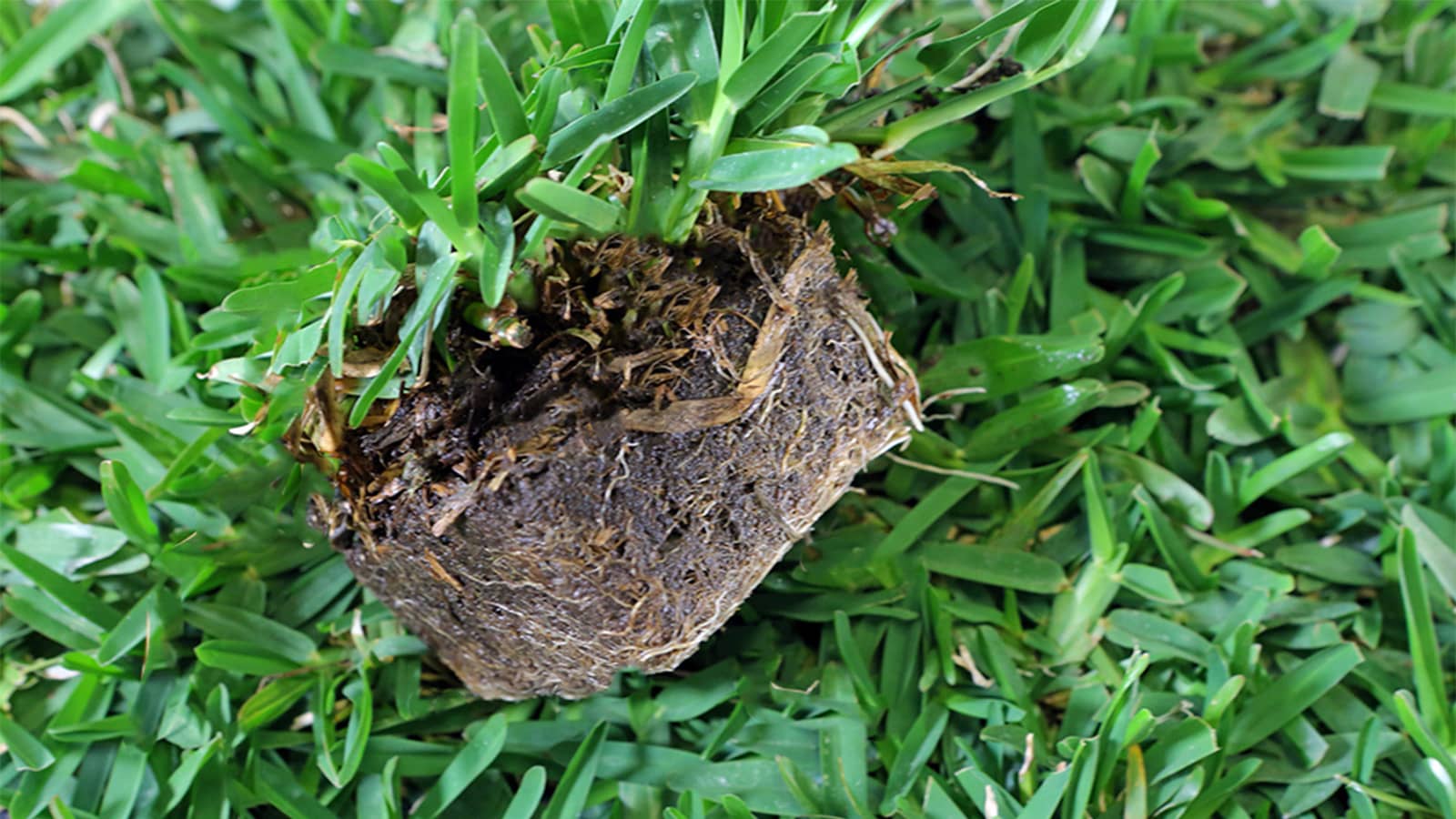
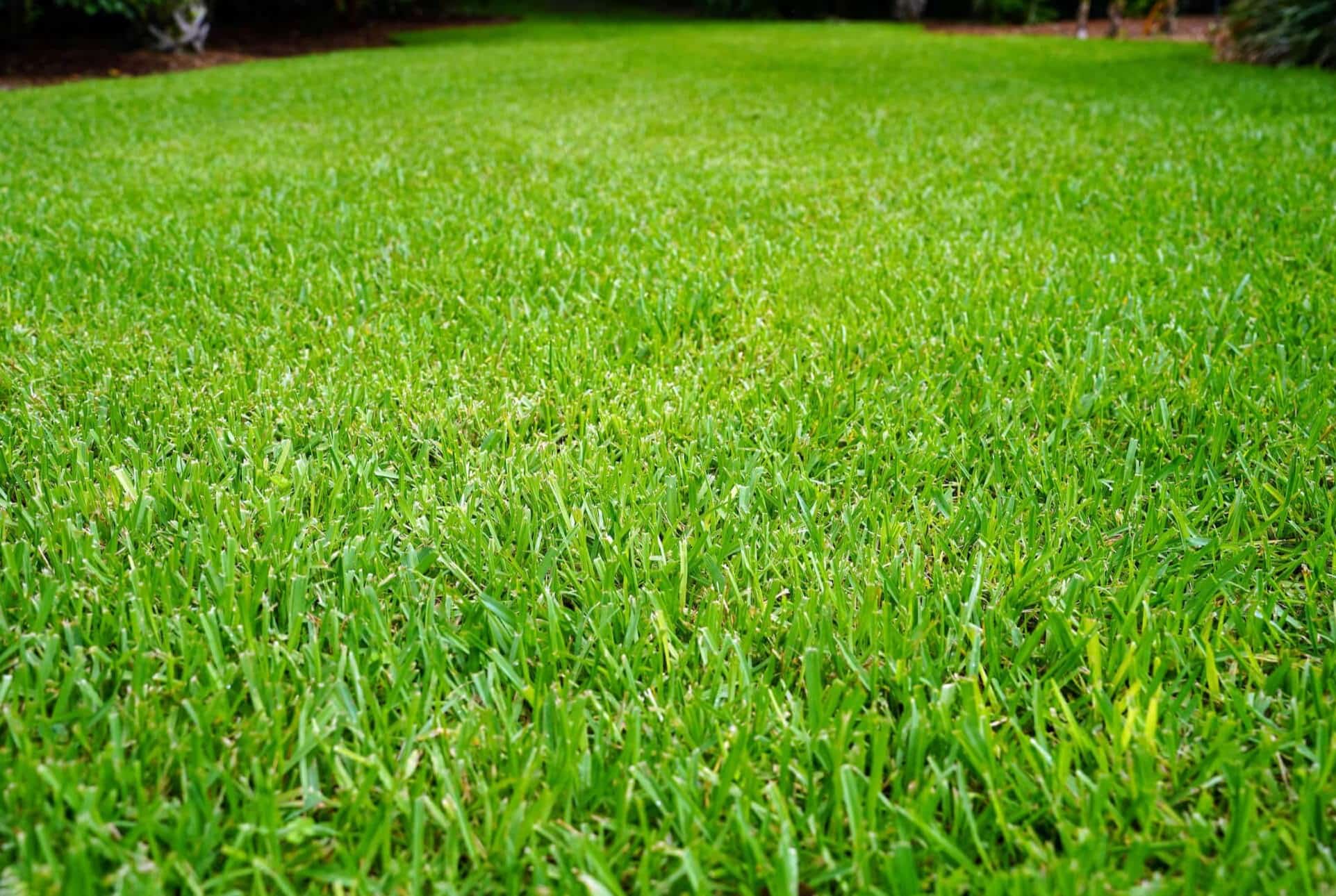
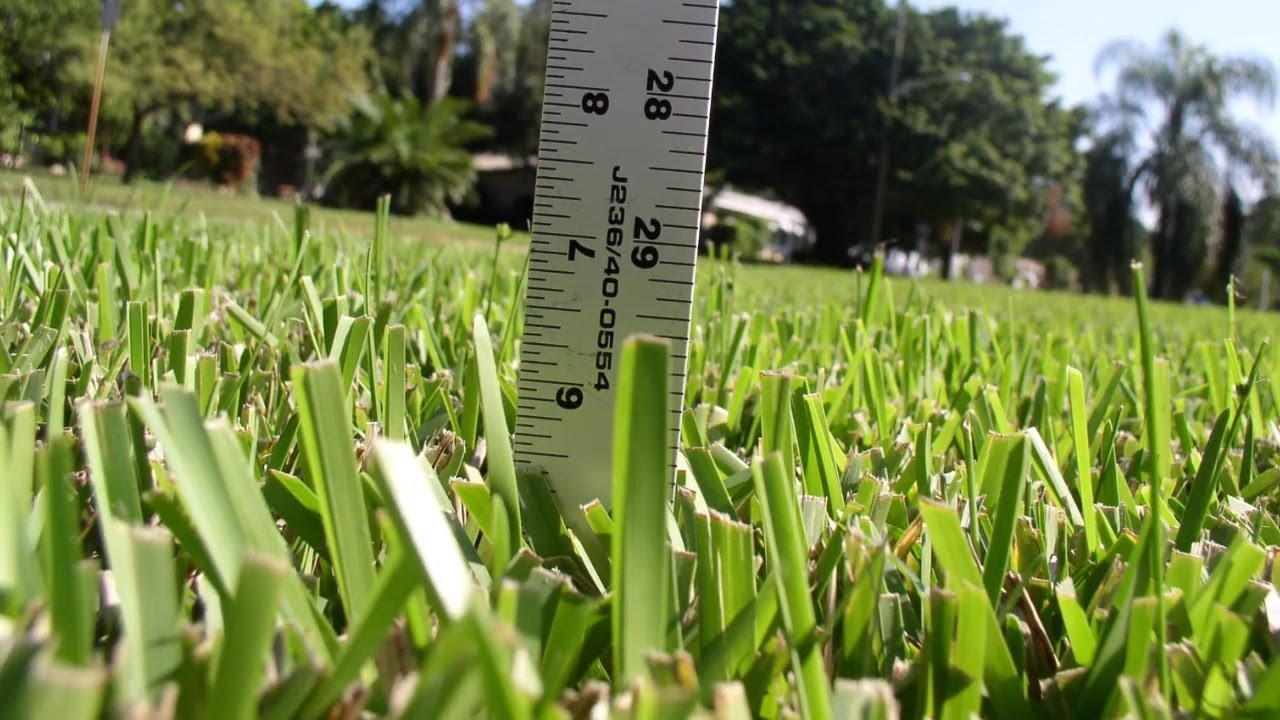
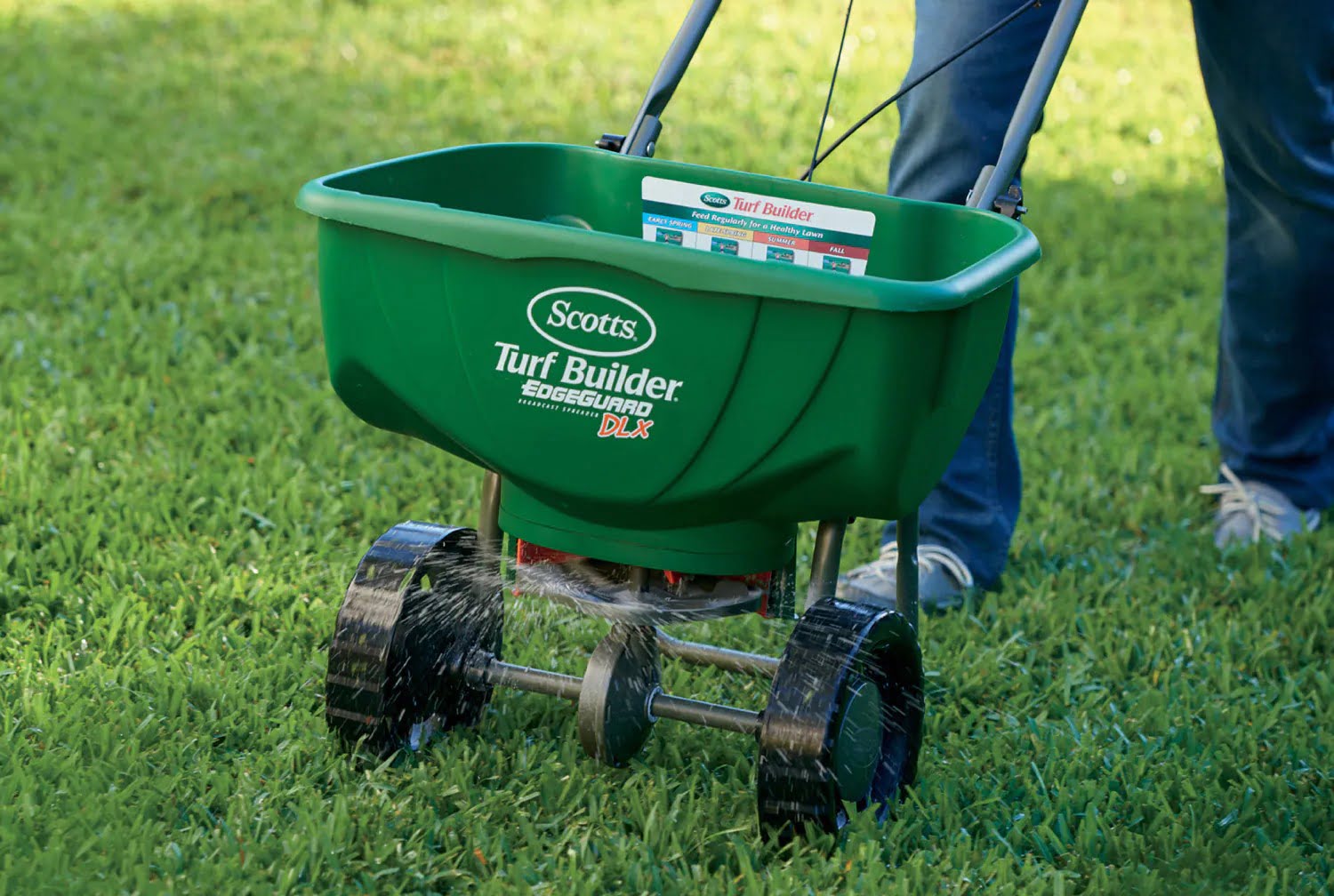
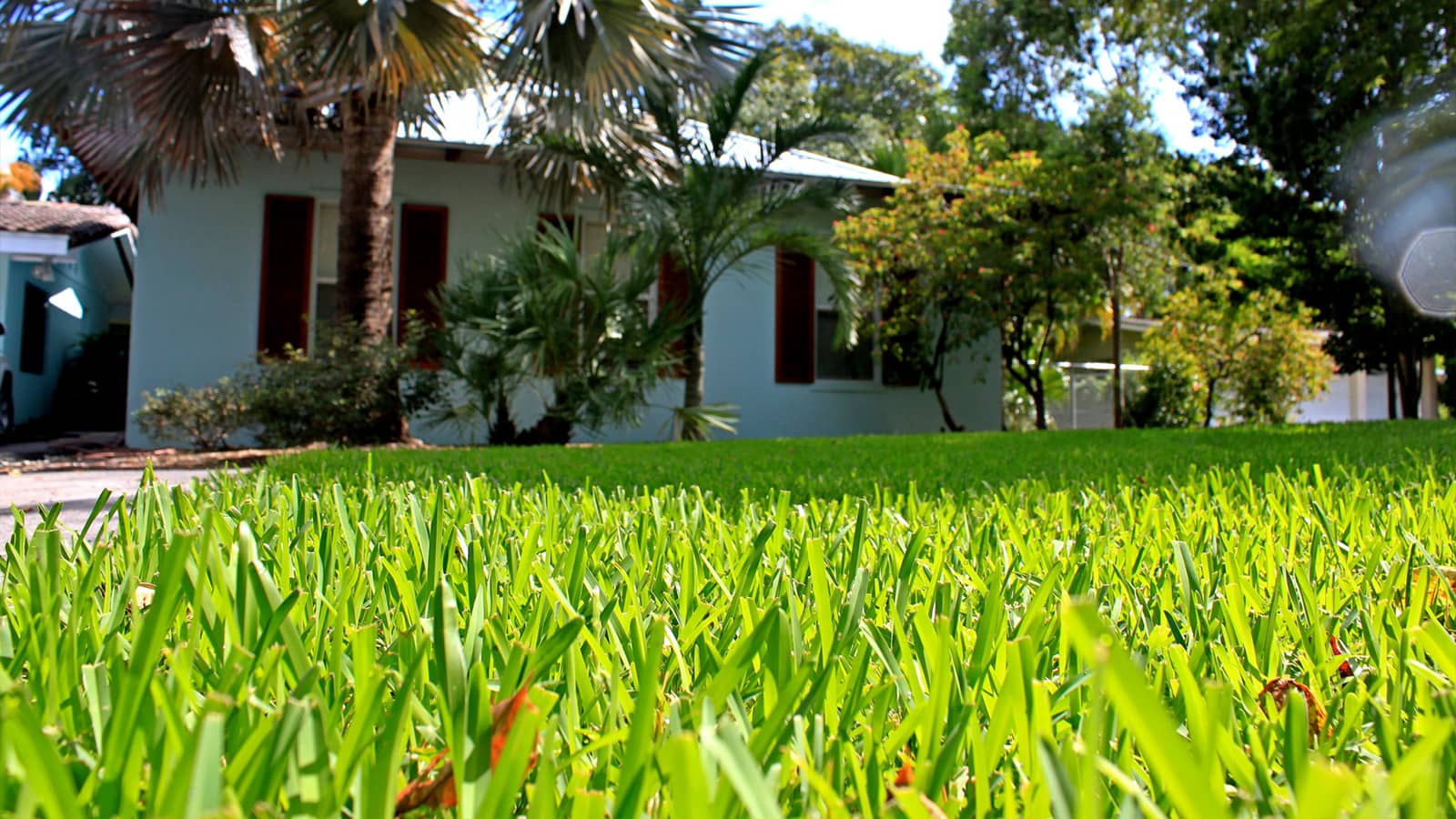
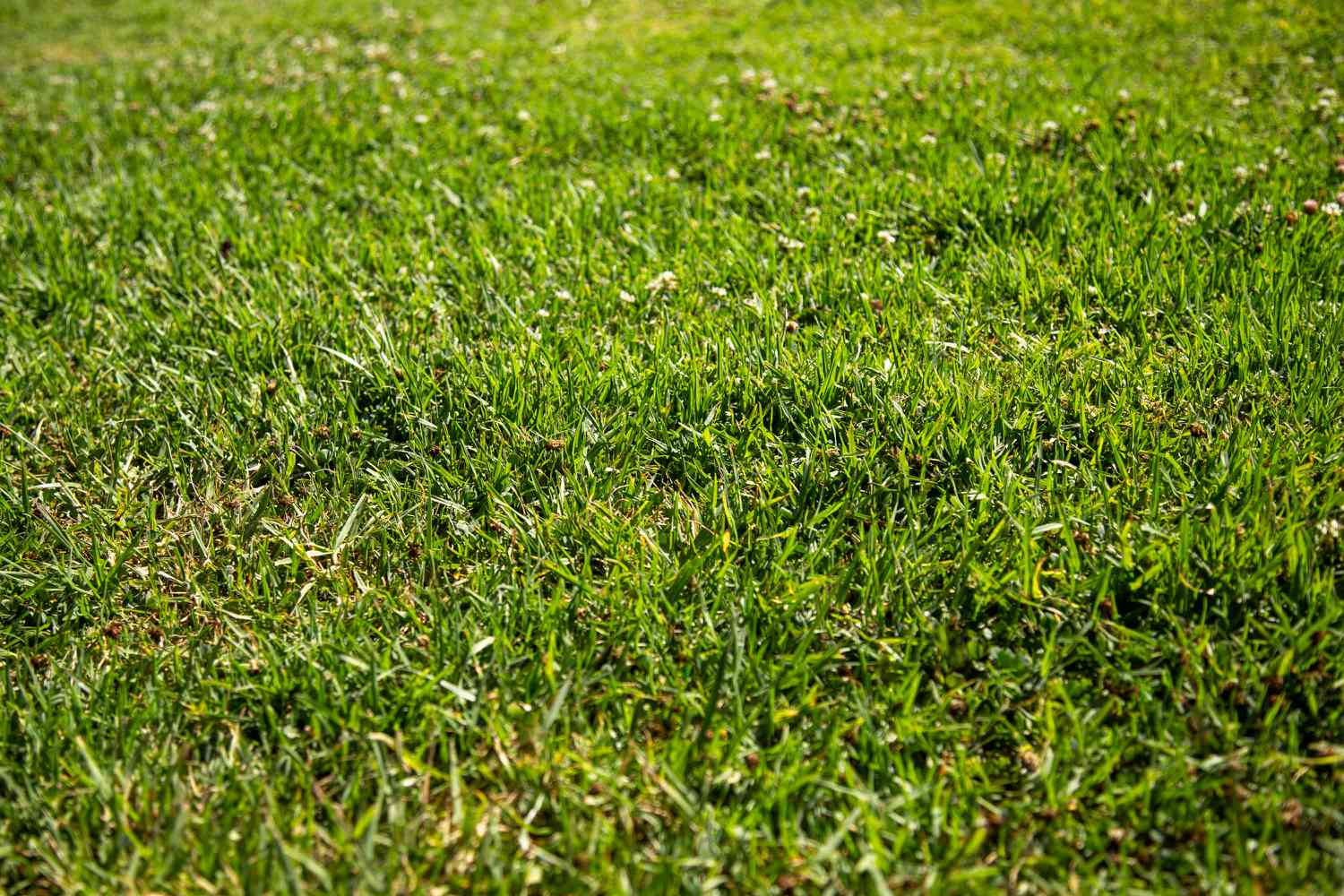
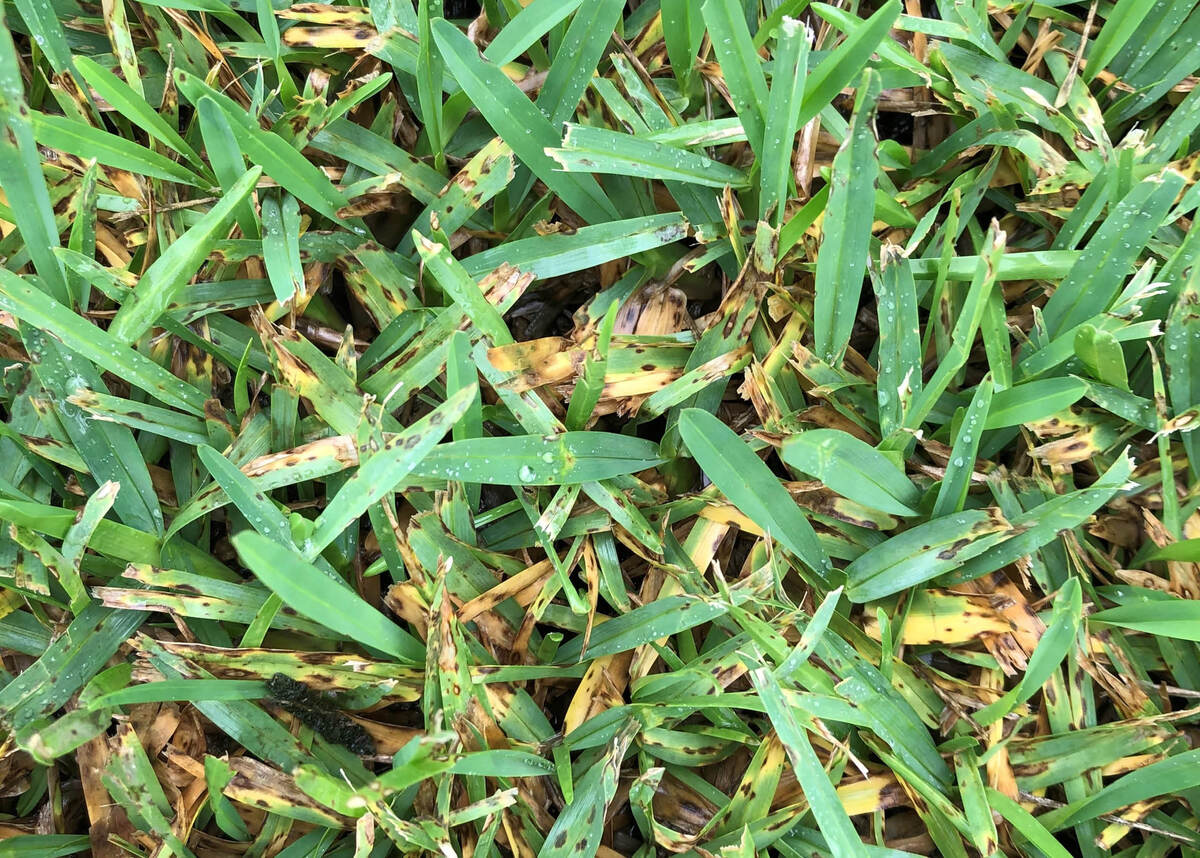
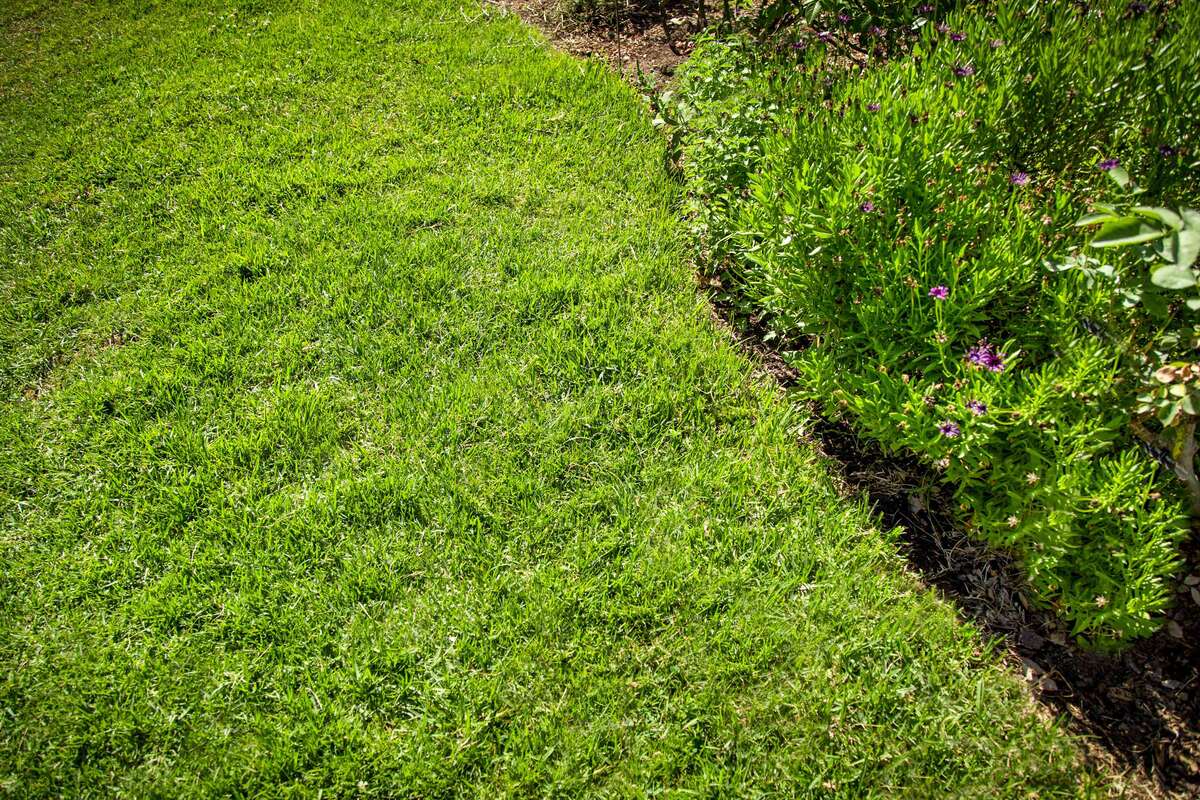
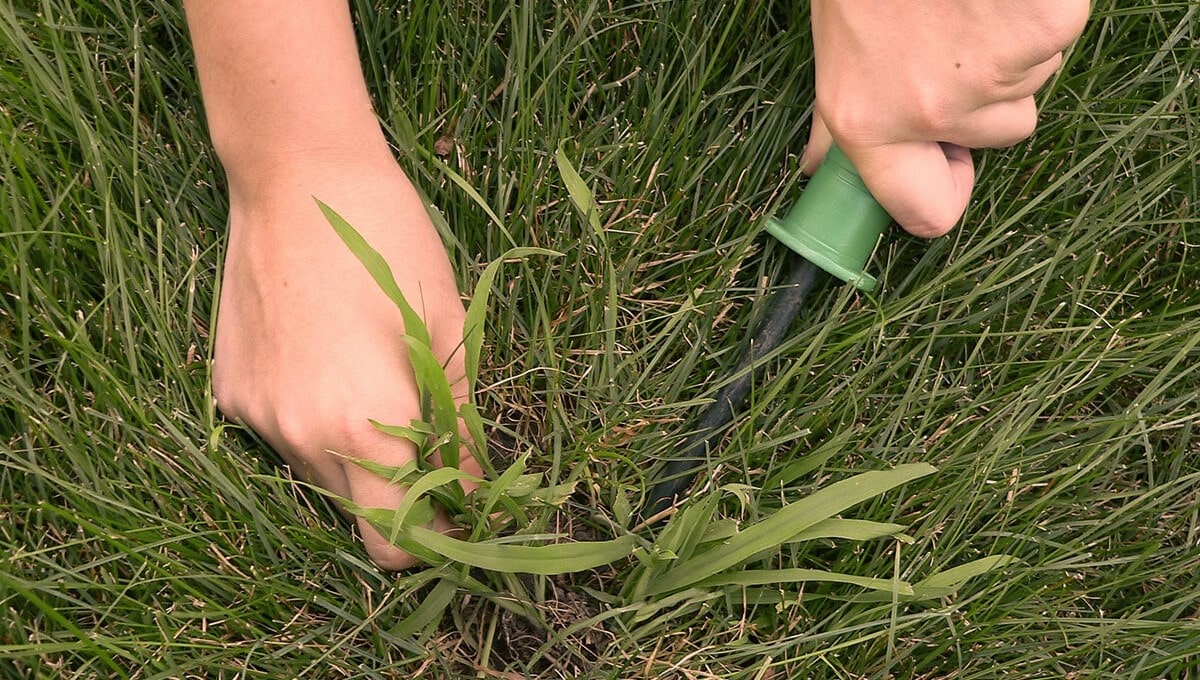

0 thoughts on “How To Plant Saint Augustine Grass”